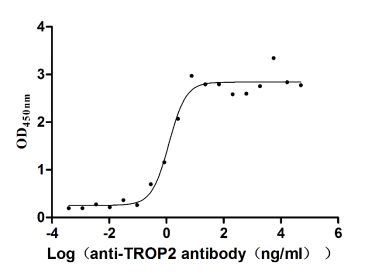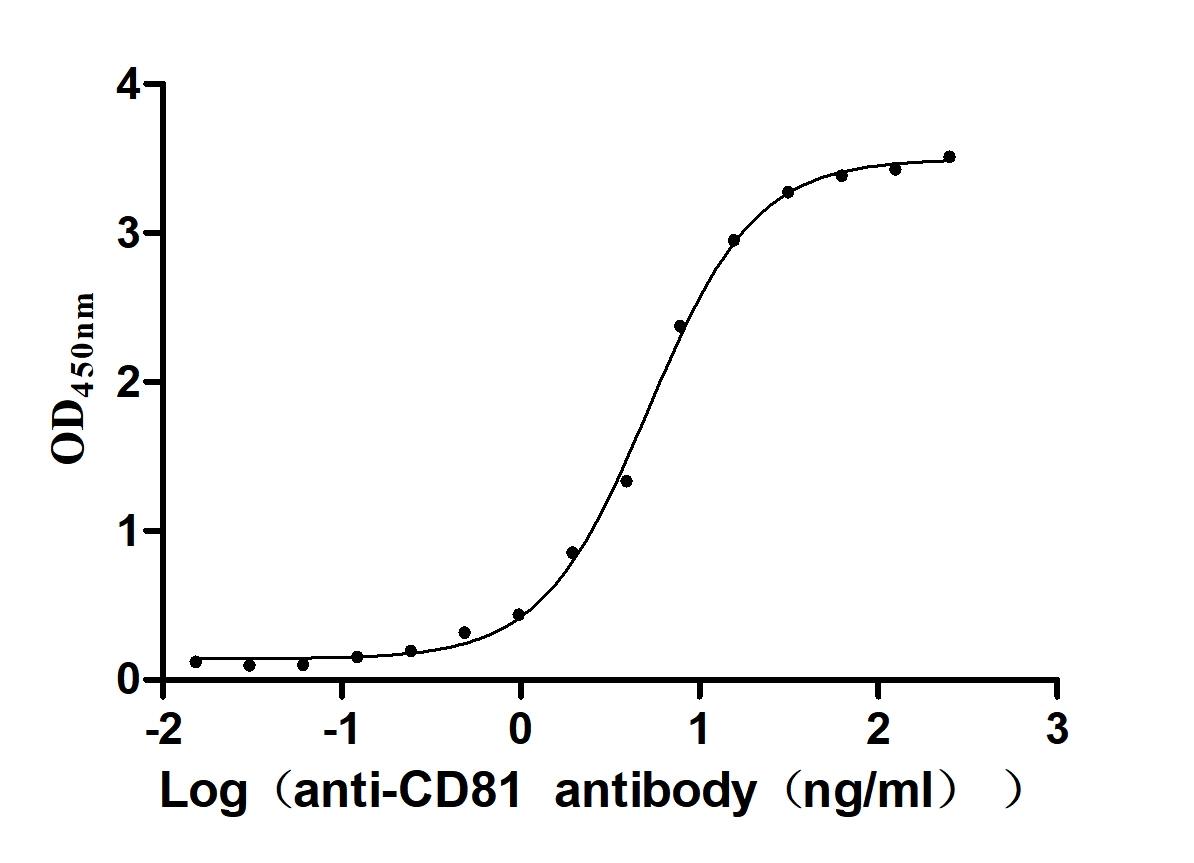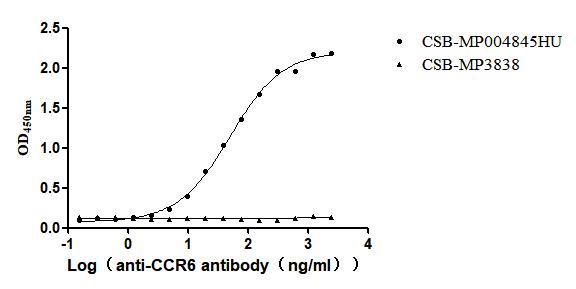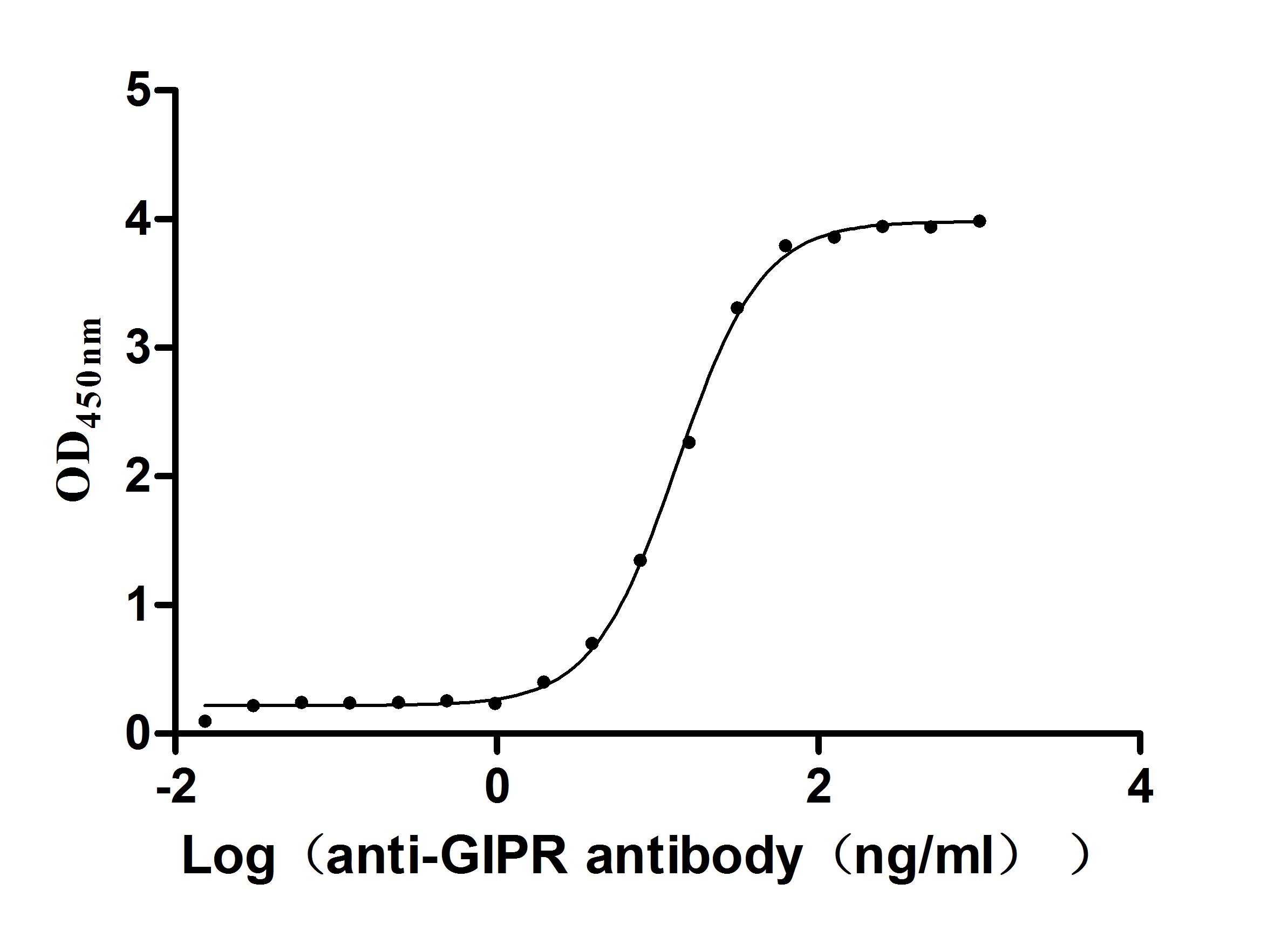Recombinant Ras protein let-60 (let-60)
-
中文名稱:秀麗隱桿線蟲let-60重組蛋白
-
貨號:CSB-EP340505CXY-B
-
說明書:
-
規(guī)格:
-
來源:E.coli
-
共軛:Avi-tag Biotinylated
E. coli biotin ligase (BirA) is highly specific in covalently attaching biotin to the 15 amino acid AviTag peptide. This recombinant protein was biotinylated in vivo by AviTag-BirA technology, which method is BriA catalyzes amide linkage between the biotin and the specific lysine of the AviTag.
-
其他:
產(chǎn)品詳情
-
純度:>85% (SDS-PAGE)
-
基因名:let-60
-
Uniprot No.:
-
別名:let-60; lin-34; ZK792.6Ras protein let-60; Abnormal cell lineage protein 34; Lethal protein 60
-
種屬:Caenorhabditis elegans
-
蛋白長度:full length protein
-
表達(dá)區(qū)域:1-181
-
氨基酸序列MTEYKLVVVG DGGVGKSALT IQLIQNHFVE EYDPTIEDSY RKQVVIDGET CLLDILDTAG QEEYSAMRDQ YMRTGEGFLL VFAVNEAKSF ENVANYREQI RRVKDSDDVP MVLVGNKCDL SSRSVDFRTV SETAKGYGIP NVDTSAKTRM GVDEAFYTLV REIRKHRERH DNNKPQKKKK C
-
蛋白標(biāo)簽:Tag?type?will?be?determined?during?the?manufacturing?process.
The tag type will be determined during production process. If you have specified tag type, please tell us and we will develop the specified tag preferentially. -
產(chǎn)品提供形式:Lyophilized powder Warning: in_array() expects parameter 2 to be array, null given in /www/web/cusabio_cn/public_html/caches/caches_template/default/content/show_product_protein.php on line 662
Note: We will preferentially ship the format that we have in stock, however, if you have any special requirement for the format, please remark your requirement when placing the order, we will prepare according to your demand. -
復(fù)溶:We recommend that this vial be briefly centrifuged prior to opening to bring the contents to the bottom. Please reconstitute protein in deionized sterile water to a concentration of 0.1-1.0 mg/mL.We recommend to add 5-50% of glycerol (final concentration) and aliquot for long-term storage at -20℃/-80℃. Our default final concentration of glycerol is 50%. Customers could use it as reference.
-
儲(chǔ)存條件:Store at -20°C/-80°C upon receipt, aliquoting is necessary for mutiple use. Avoid repeated freeze-thaw cycles.
-
保質(zhì)期:The shelf life is related to many factors, storage state, buffer ingredients, storage temperature and the stability of the protein itself.
Generally, the shelf life of liquid form is 6 months at -20°C/-80°C. The shelf life of lyophilized form is 12 months at -20°C/-80°C. -
貨期:Delivery time may differ from different purchasing way or location, please kindly consult your local distributors for specific delivery time.Note: All of our proteins are default shipped with normal blue ice packs, if you request to ship with dry ice, please communicate with us in advance and extra fees will be charged.
-
注意事項(xiàng):Repeated freezing and thawing is not recommended. Store working aliquots at 4°C for up to one week.
-
Datasheet :Please contact us to get it.
靶點(diǎn)詳情
-
功能:The level of let-60 controls the switch between vulval and hypodermal cell fates during C.elegans vulval induction. May stimulate the guanine nucleotide exchange factor (GEF) activity of rap-1. May induce nuclear condensation.
-
基因功能參考文獻(xiàn):
- Expression of activated LET-60/Ras in the neighboring duct cell, but not in the G1 or G2 cells, is sufficient to rescue sos-1 delamination defects, revealing that Ras acts non-cell-autonomously to permit G1 delamination. PMID: 25371363
- Canal cell asymmetry and let-60/Ras signaling influence which of two equivalent precursors will attach to the canal cell. PMID: 21771815
- LET-60 (Ras) is identified as a critical RGEF-1b substrate-effector in sensory neurons. PMID: 21482356
- LET-60 Ras GTPase might act with FLI-1 to control germ line morphogenesis PMID: 18485202
- Goa-1 Goalpha and let-60 Ras act in parallel to gpc-1 in olfactory pathway. PMID: 19189947
顯示更多
收起更多
-
亞細(xì)胞定位:Cell membrane; Lipid-anchor.
-
蛋白家族:Small GTPase superfamily, Ras family
-
組織特異性:Expressed in body wall muscles and in the nervous system including ganglion, nerve ring dorsal and ventral nerve cords, motor neurons and sensory tail neurons.
-
數(shù)據(jù)庫鏈接:
Most popular with customers
-
Recombinant Human Tumor necrosis factor receptor superfamily member 11B (TNFRSF11B) (Active)
Express system: Mammalian cell
Species: Homo sapiens (Human)
-
Recombinant Human E3 ubiquitin-protein ligase ZNRF3 (ZNRF3), partial (Active)
Express system: Mammalian cell
Species: Homo sapiens (Human)
-
Recombinant Human B-lymphocyte antigen CD20 (MS4A1)-VLPs (Active)
Express system: Mammalian cell
Species: Homo sapiens (Human)
-
Recombinant Mouse Claudin-18.2 (Cldn18.2)-VLPs (Active)
Express system: Mammalian cell
Species: Mus musculus (Mouse)
-
Recombinant Human Tumor-associated calcium signal transducer 2 (TACSTD2), partial (Active)
Express system: Mammalian cell
Species: Homo sapiens (Human)
-
Recombinant Human CD81 antigen (CD81), partial (Active)
Express system: Mammalian cell
Species: Homo sapiens (Human)
-
Recombinant Human C-C chemokine receptor type 6(CCR6)-VLPs (Active)
Express system: Mammalian cell
Species: Homo sapiens (Human)
-
Recombinant Macaca fascicularis Gastric inhibitory polypeptide receptor (GIPR), partial (Active)
Express system: yeast
Species: Macaca fascicularis (Crab-eating macaque) (Cynomolgus monkey)


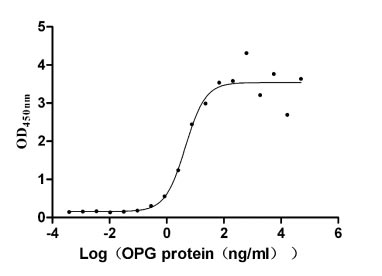
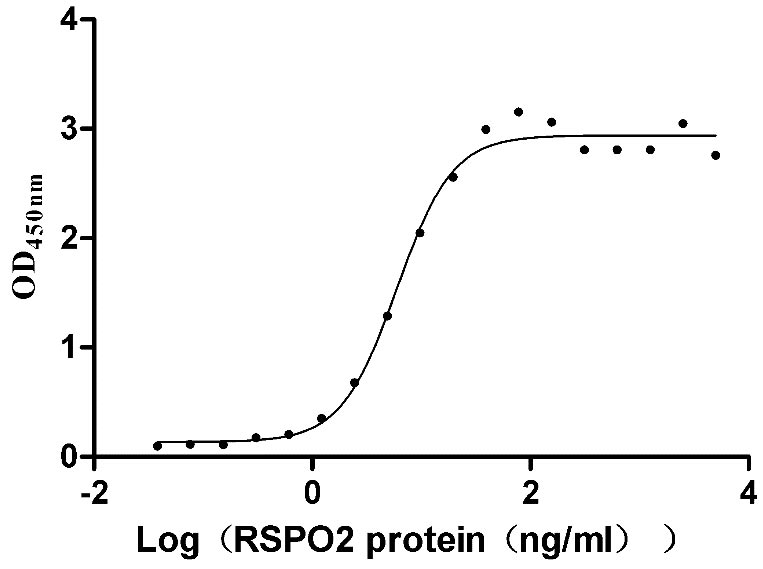
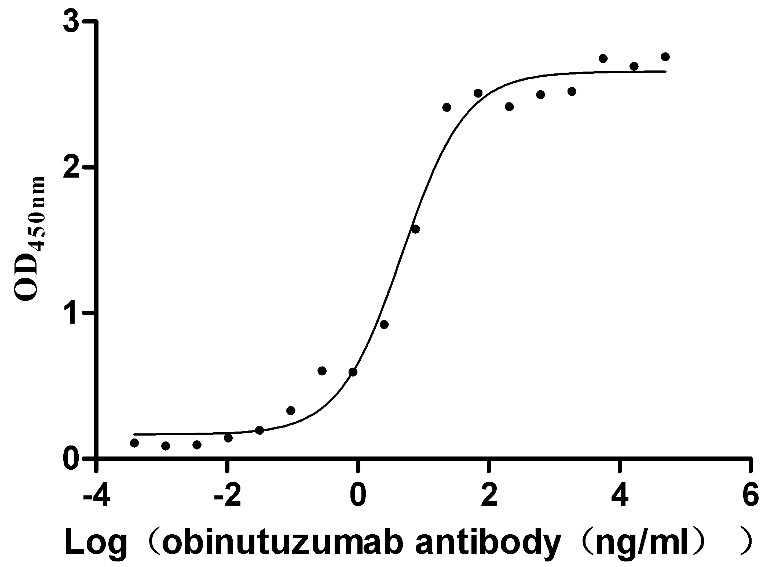
-AC1.jpg)
